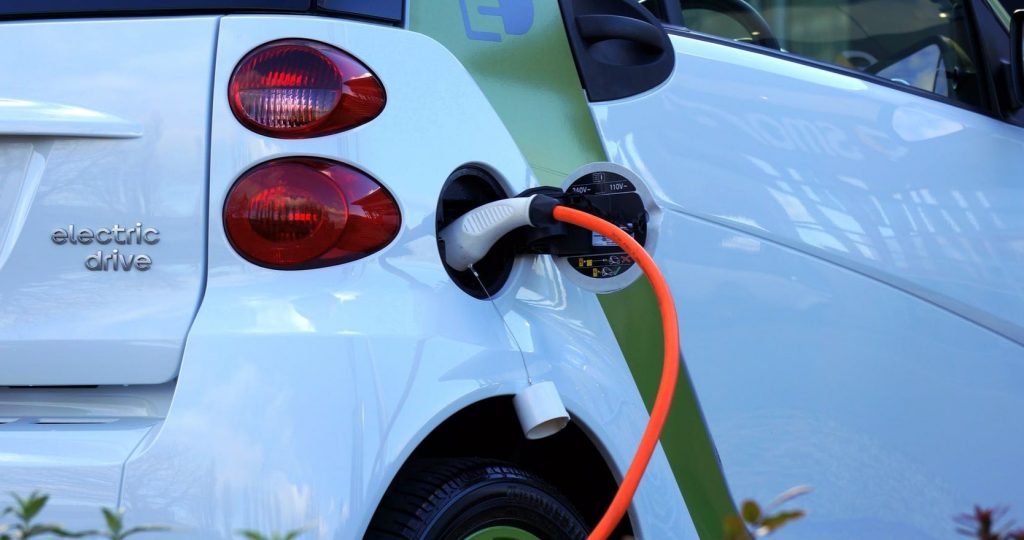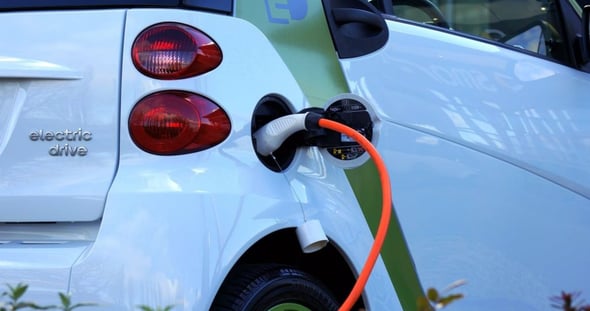Retroactive energy tax breaks are now being accepted for 2017 returns.
Four additional tax benefits recently renewed retroactively into law can now be claimed on 2017 returns, the IRS announced Friday. These four breaks are related to energy conservation and production both individually and for businesses.
Taxpayers can now file 2017 returns claiming:
- Credit for nonbusiness energy property claimed on Form 5695.
This is a credit for qualified energy efficiency improvements made in 2017. In general, the credit is 10 percent of the cost incurred, to a maximum credit of $500. Prior year credits taken under this provision count toward the $500 lifetime maximum credit allowed. - Alternative motor vehicle credit claimed on Form 8910.
This is a tax credit for any new alternative fuel car or truck you may have purchased in the previous year. Vehicles must be certified by the IRS for credit. The credit is based on the fuel economy of the vehicle and ranges from $400 - $4,000. - Credit for qualified plug-in electric drive motor vehicles claimed on Form 8936.
Under Section 30D(a), if you purchased a car or truck with at least four wheels and a gross vehicle weight of fewer than 14,000 pounds that draws energy from a battery with at least 4 kilowatt hours and that may be recharged from an external source, you may be eligible for a credit between $2,500 and $7,500 depending on the capacity of the battery. - Credit for certain two-wheeled vehicles claimed on Form 8936.
Under section 30D(g), if you purchased a 2- or 3-wheeled vehicle that draws energy from a battery with at least 2.5-kilowatt hours and may be recharged from an external source, you may be eligible for a credit of 10% of the purchase price of the vehicle (maximum $2,500).
These four items are in addition to the three individual benefits we discussed last month when the IRS announced it was reprogramming its systems to accommodate those retroactive breaks. Be sure to read up on those if you haven’t.
All of these changes are a result of the Bipartisan Budget Act that Congress passed in February. The Act retroactively renewed for tax year 2017 dozens of tax extenders that had expired at the end of 2016.
If you’ve already filed your 2017 federal return and think you might be eligible for one of these renewed tax credits, reach out. We can work with you to determine eligibility and file an amended return if it will benefit you. Just remember that amended returns can’t be filed electronically and can take up to 16 weeks to process. The process really isn’t that burdensome, and it just might be worth it.





